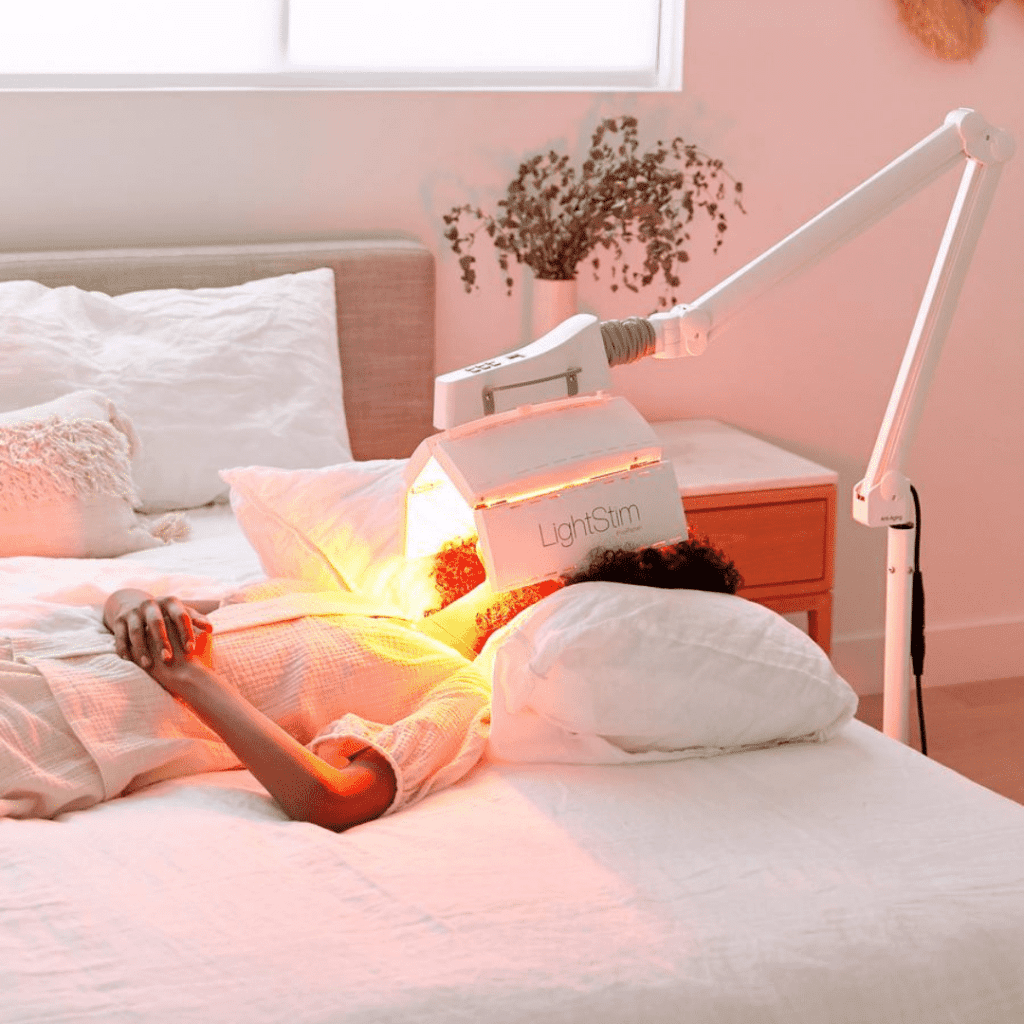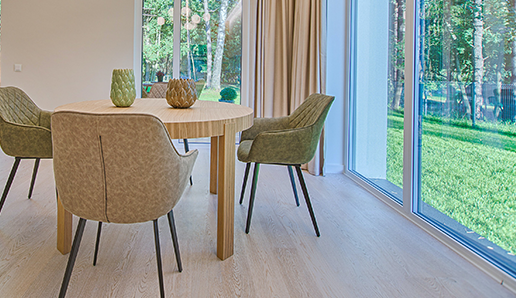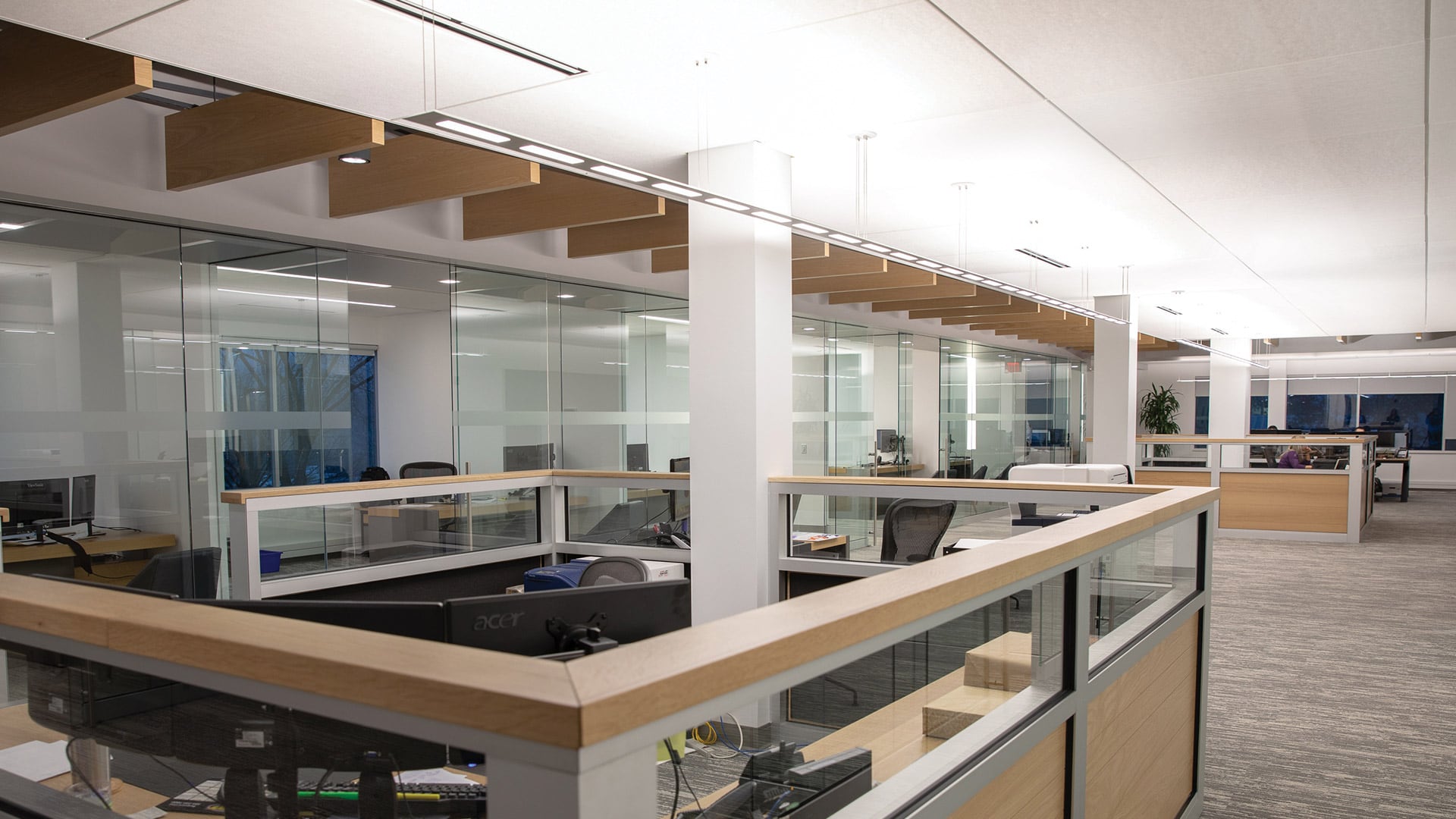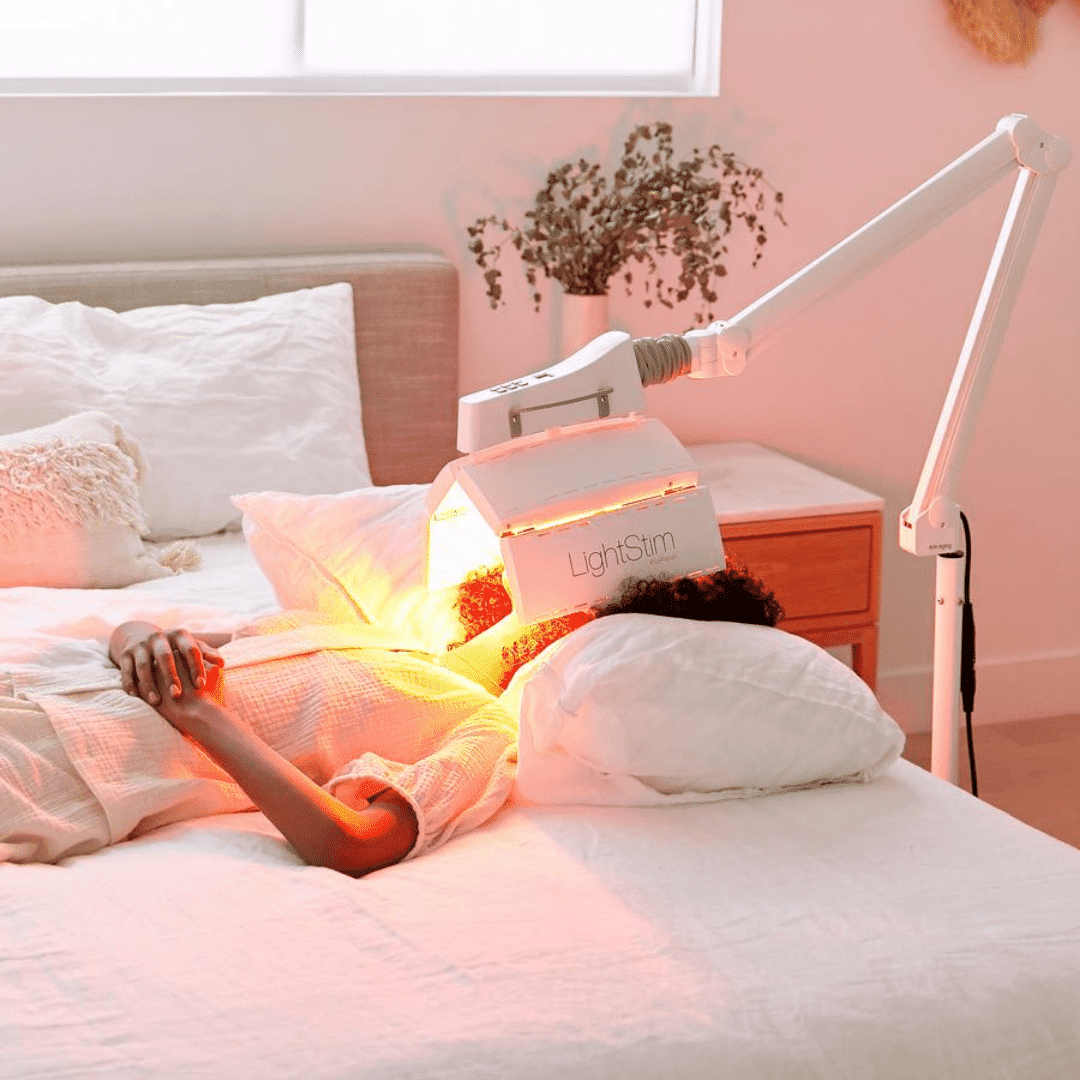Better Workplace Light Quality is a Game-changer. Here’s Why.
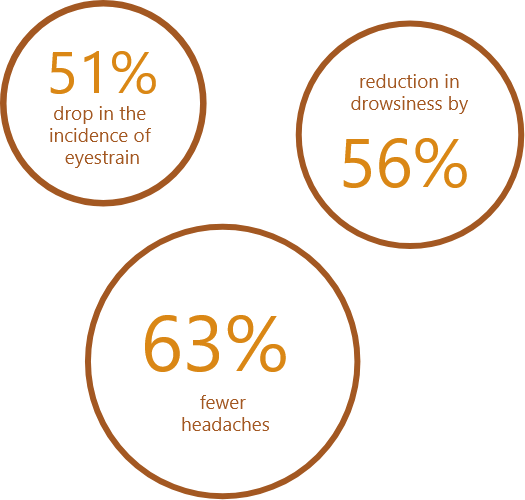
OLED light mimics natural light—something sorely missing in most workplaces today. That lack of quality lighting affects mood, well-being, productivity, and attendance, which is why OLED light is such an important consideration when an employer decides to rethink their lighting scheme.
Of course, we’ve always known that light matters deeply to our sense of well-being. A short walk in the morning sun can dial up your metabolism. Being in light-flooded rooms and getting exercise in the open air can boost your mood, make you more alert, and contribute to better health. Still, most workers spend eight hours or more each day confined to closed rooms—and glued to computer screens. There’s too little daylight, monitors are positioned unfavorably in relation to windows, and there’s a lack of individually selectable and adjustable light sources.
What if a sunlit stroll isn’t an option?
Our workplaces need to be designed better in terms of lighting. According to a recent study1, investment in user-focused, biologically effective lighting really pays off. The right kind of lighting—such as OLED light—increases our cognitive performance. Gives our working environment an emotional atmosphere. Raises productivity. And reduces absenteeism.
In the last couple decades, companies have made investments in health and exercise initiatives, Employee Assistance Programs, and smoking cessation, but new studies are proving the impact light in the work environment can have on health and productivity.
The Future Workplace Employee Experience Study found 78% of employees say access to natural light and views improves their well-being and 70% report improved work performance.
Natural light and biology: The link
Why is this? Light impacts circadian rhythms, which play a role in blood sugar levels, and leptin, the hormone that helps people feel full after a meal. Natural daylight can help to maintain circadian rhythms, while blue light, which is found in LED lights and computer screens, can disrupt this rhythm.
While daylight is ideal, this presents challenges for office design and budgets, and for many latitudes and climates.
What’s more: traditional office design puts executives around the exterior in windowed offices, while employees who typically spend the most time at their computer screens are clustered in the interior under LEDs or fluorescents. This dichotomy can significantly impact productivity from the workers your business depends upon.
OLED and the changing workplace
Many commercial workspaces have switched from fluorescent to LED for cost savings, but these light sources are rich in blue light that are not part of the visible section of the natural sunlight spectrum, which our bodies are naturally accustomed to.
Employers are taking note of the side effects that come with LED light and are updating their lighting systems to a healthier option with OLED. As many people spend the majority of their workdays at their desks in front of LED computer screens under harsh lighting, the switch is noticeable and welcomed.
“As a business owner, it’s my responsibility to my people. We put OLEDs throughout our office, and the mood is noticeably better. It’s softer, happier light,” shares Ed Shill, CEO of QCI Asset Management.
1 Lighting Europe “Light and Health”, A.T. Kearney
